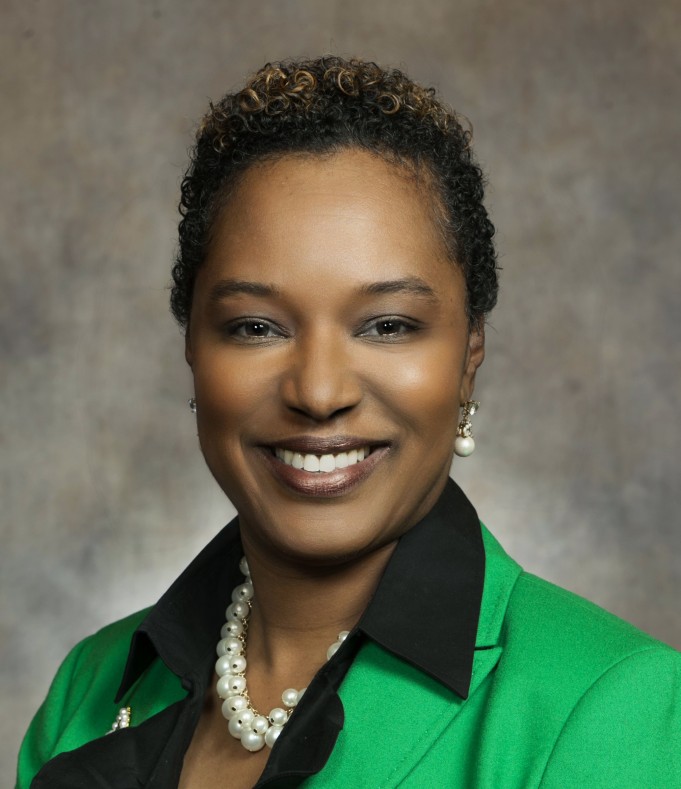A few days ago, a group of Milwaukee residents gathered to provide personal stories of voting challenges suffered since Governor Scott Walker and Republican state legislators implemented Wisconsin’s voter ID laws. Often described as some of the strictest voter laws in the nation, members of the National Commission for Voter Justice (NCVJ) held a hearing to gather feedback from impacted area voters. The NCVJ, is a non-partisan and diverse commission composed of civil rights leaders, voting rights experts, scholars, elected officials, lawyers, students, and community activists committed to independent research, hearings and listening sessions in various states to hear directly from U.S. citizens. The group plans to make recommendations, identify strategies, and publish their findings in an effort to enhance voter engagement.
One after another, African-American voters talked about tactics that were used to keep them from voting. Not always knowing that there was an official term for what they were experiencing, it was clear that they were describing behaviors known as “cracking”, “packing” or other words clearly used describe gerrymandered districts.
One woman relayed that as a result of redrawing district lines, she was moved from a predominantly Democratic district to a primarily Republican district. The result was to diminish her voice and the impact of her vote. What she described is known as “Cracking”, an action that splits a community into multiple districts to ensure it doesn’t have a significant ability to really impact an election. During the height of the battle to protect voting rights for minorities, cracking was often used to stop African-Americans from electing African-Americans or a candidate they felt would better represent their interests. Today, a lot of those tactics remain, even though they have been outlawed.
Cracking has been used successfully by Wisconsin Republicans to create voting districts that favor their party and make it often impossible for Democrats to get elected, regardless of the will of citizens. Other tactics include something known as “Packing,” which places undesirable voters of a political party all into one district.
The effect is that even if the group represents a majority of residents in an area, by placing them all together, they only get one representative elected. They will not have an ability to affect the outcomes in surrounding districts, again diminishing their voice and need for elected officials to be responsive to their needs. Well, a number of residents, including those who showed up to testify, have decided that they were going to fight back.
The fight has been taken to the courts, in a case known as Gill vs. Whitford. The case, which was recently rejected by the U.S. Supreme Court, encompassed a challenge to the Republican friendly maps drawn in Wisconsin. The door remains open to return to court to tackle the unfair voting maps. Therefore, it is necessary to gather information and examples of how Wisconsin residents have been negatively impacted by Republican’s attempts at continued voter suppression. The sad reality is that Russians aren’t the only people trying to hijack our elections.










